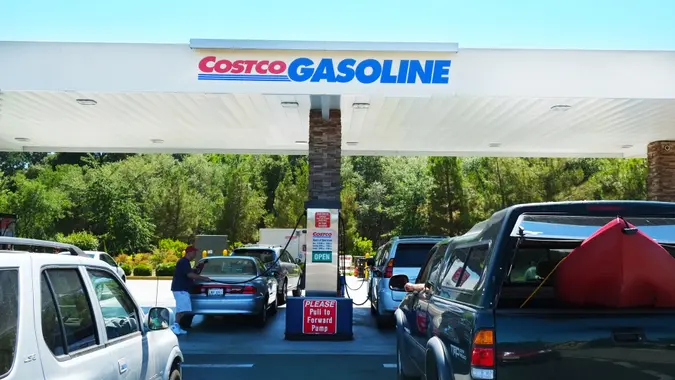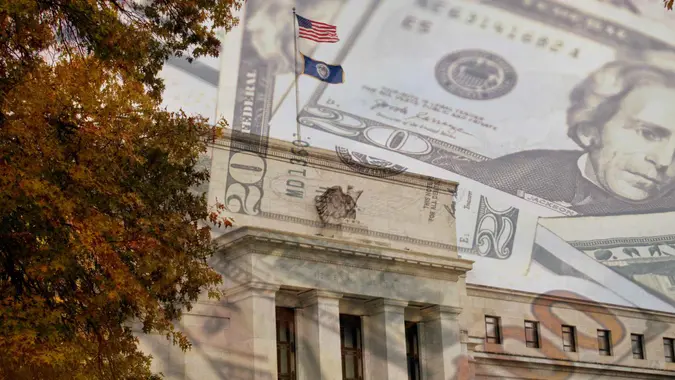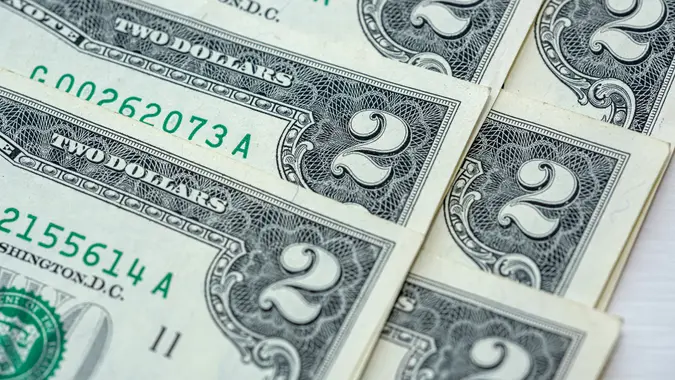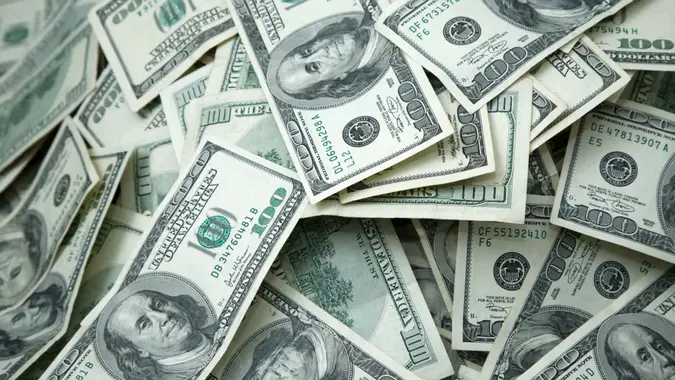Oil Prices Rise 1.7%, Hit 7-Year High as Omicron Variant Fails to Reduce Gas Consumption

Commitment to Our Readers
GOBankingRates' editorial team is committed to bringing you unbiased reviews and information. We use data-driven methodologies to evaluate financial products and services - our reviews and ratings are not influenced by advertisers. You can read more about our editorial guidelines and our products and services review methodology.

20 Years
Helping You Live Richer

Reviewed
by Experts

Trusted by
Millions of Readers
Oil prices rose by 1.7% Jan. 18, hitting its highest price since 2014, with The Wall Street Journal reporting that West Texas Intermediate futures hit $85.20 a barrel in the morning. If futures don’t drop substantially by market close, they will have hit the highest closing level since October of 2014. In 2014, however, prices began to drop when a gusher of U.S. crude flooded the market. This time, due to a variety of market pressures, prices threaten to rise further.
At the height of pandemic in 2020, U.S. crude futures crashed. An overabundance of oil on the market — and limited demand — depressed prices and left U.S. oil producers struggling for places to store their stockpile.
Today, U.S. producers face the opposite challenge, with stockpiles running low and demand on the rise. The omicron variant hasn’t stopped people from traveling by car or by air. In early December of 2020, FlightRadar24 reported that there were as many planes in the air as there were pre-pandemic, in 2019. The omicron variant also hasn’t spurred national travel restrictions. Widespread vaccinations coupled with pandemic fatigue and a desire for life to return to normal has likely kept people on the road — and in the air — in spite of the possibility of infection.
Adding pressure on U.S. oil prices are tensions in the Middle East and Europe — tensions which could further reduce the supplies of major crude producers overseas, according to the WSJ.
U.S. gas prices have risen as a result of the jump in oil futures and have been compounded by inflation. On Jan. 18, gas prices averaged $3.314 per gallon, up from $2.386 this time last year.
The jump marks good news for investors, however. Chevron Corp. stocks are up 9.9%, while Exxon Mobil Corp. jumped 17%, making the energy sector the best performing on the S&P 500 so far for 2022, per the WSJ.
More From GOBankingRates
 Written by
Written by  Edited by
Edited by 

























